Sometimes Barb and I drive past a radiantly green lawn or field and she suggests that the owner has planted rye grass which, she tells me, grows quickly and looks good in a hurry. It’s pretty, and it’s passing. But not all growing things are so ephemeral.
One day I stood before a tree that was estimated to be about 3500 years old. Standing there, I realized that this bald cypress tree, distinguished by the name The Senator, had been alive when Moses led the Israelites out of Egypt. It was a mature tree before Homer chronicled the journeys of Ulysses. It grew and persevered while Rome rose and fell, and the Renaissance flourished and floundered. I didn’t simply admire this tree; I was moved to awe in its presence, as I was then moved to tears two weeks later when a drug addict burned The Senator to the ground.
Later, Andrew Peterson in his book The God of the Garden1 helped me to see the wonder that is every tree. Trees come in endless varieties, shapes, and colors. They’re found in nearly every habitat. Trees, I’m told, are replenishing the atmosphere with good things while communicating with other trees through a mysterious fungal network. And truth be told, I sit in a house made of trees and eat at a table made of trees. I might read a read book made from trees2 while I pour syrup made from trees over pancakes garnished with pecans that grew on trees. Every tree, in its own way, is an awesome thing.
When we moved into our house eight years ago, we sadly had to remove the two laurel oak trees growing in our small front yard because they were dying. And yet, this wasn’t the end. Dying grass may be ripped up and disposed of, but trees can live on. I was able to take the wood from these trees and, among other things, build two nightstands. The nightstands by our bed once grew in our front yard. That is a thing of awe.
The laurel oaks were replaced with a Florida maple which though once not much taller than the men who planted it, now towers above our house. We chose maple, no doubt, because of the warmth of association we both felt toward the maple trees of our northern childhoods. Trees create connections like that.
We have other trees.
The crapemyrtle my son and I gave Barb for Mother’s Day several years ago produces bright red blossoms that contrast beautifully with its dark leaves.
Growing in the corner of our back yard it looks, admittedly, something like an overgrown bush. The University of Florida Extension Service, however, categorizes it as a tree,3 and it carries something of that grandeur.
Unquestionably a tree is our eastern red cedar, for which I have a particular affection.
He (yes, we personalize our trees) came into our house, literally, in December of 2022 when I, in a fit of economic and sustainability inspiration, brought him home as a suitable, but scrawny, living Christmas tree. I argued that he could live in his pot through the year and be used again as a Christmas tree the following Christmas. He admittedly didn’t look like much, and so one Christmas was all Barb could tolerate. Banished to our back porch and met with passive neglect, he nevertheless refused to die. He just sort of persisted. Early this year Barb gently suggested that it was time for him to go. I argued for clemency, and so we agreed on banishment in place of sylvanicide. We exiled him to the far side of our backyard where, unpotted, he’s begun to thrive. It’s a delight to see this one once so troubled begin to prosper.
A couple of years ago while enjoying a piece of cinnamon toast at breakfast, I mused to Barb, “I wonder if I could grow a cinnamon tree.”
“Cinnamon trees don’t grow in Florida,” Barb declared with all the proper authority of one who had grown up on a farm. I argued for the possibility, but we left it there.
Later that day, tickled by the irony, she forwarded to me the digital flyer from our local nursery. They had cinnamon trees in stock and ready for purchase. Given our breakfast conversation we couldn’t not buy one.
She (yes, this one is a “she”) wasn’t much more than two feet tall when we brought her home. Now, planted happily in a corner of our patio, she’s fourteen feet going on forty.
People ask if we’ll ever get cinnamon out of her. The cinnamon comes from the bark and harvesting it is a radical act, so the answer is “probably not.” But that’s okay. We’ve already gotten joy4 from her, and what more could we ask?
Such joy will come, we hope, to those who will live here after we are gone. Trees, unlike something merely showy like rye grass, last. They inhabit time like few other things. These which have been our friends will, we hope, befriend others. These others will sit in their shade, wonder at their vitality, and create with them their own memories.
What, though, does any of this have to do with pastoral ministry?
Perhaps everything.
Andrew Peterson, The God of the Garden: Thoughts on Creation, Culture, and the Kingdom of God, (United States: B & H Publishing Group, 2021).
When you buy a book using a link on this page, Greatheart’s Table receives a commission. Thank you for supporting this work!
Yes, I’m one of those guys. My books are made of trees, not silicon.
I’m using the spelling preferred by the UF web site, although even this site is not consistent, occasionally separating the single word into two: “crape myrtle.”
“Tree joy” my friend Adam Tisdale calls it.




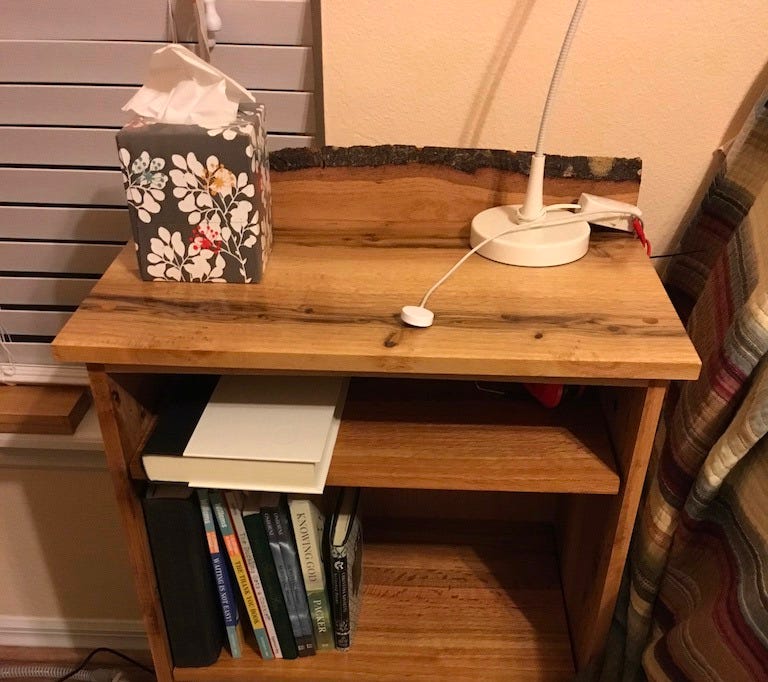
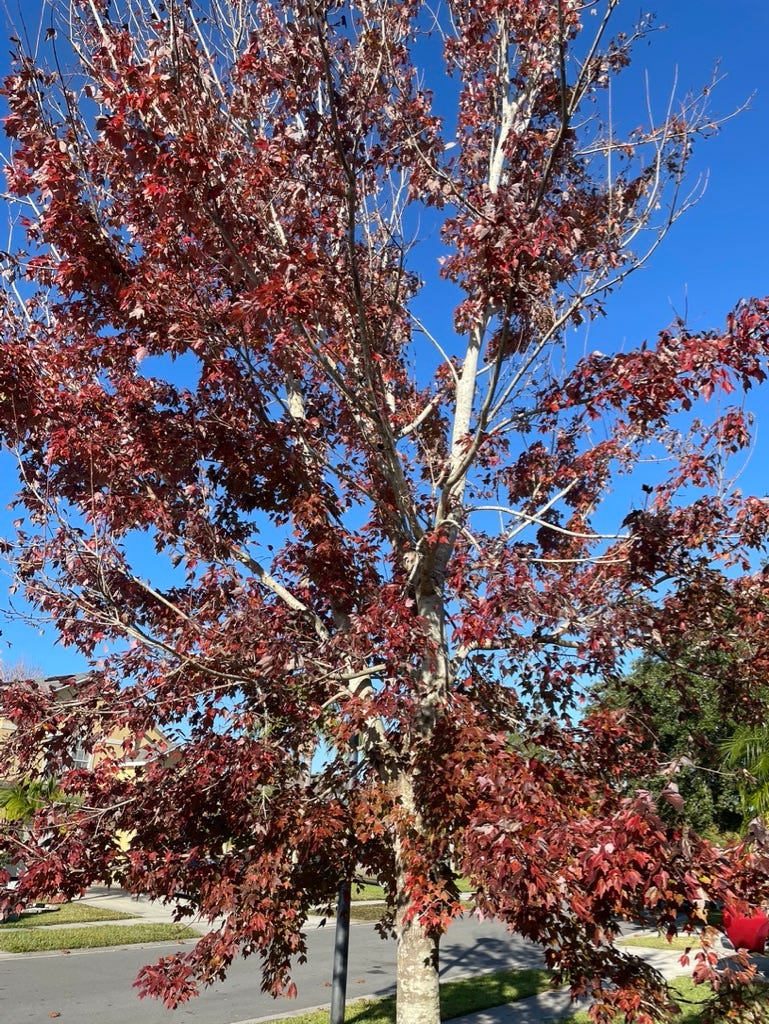
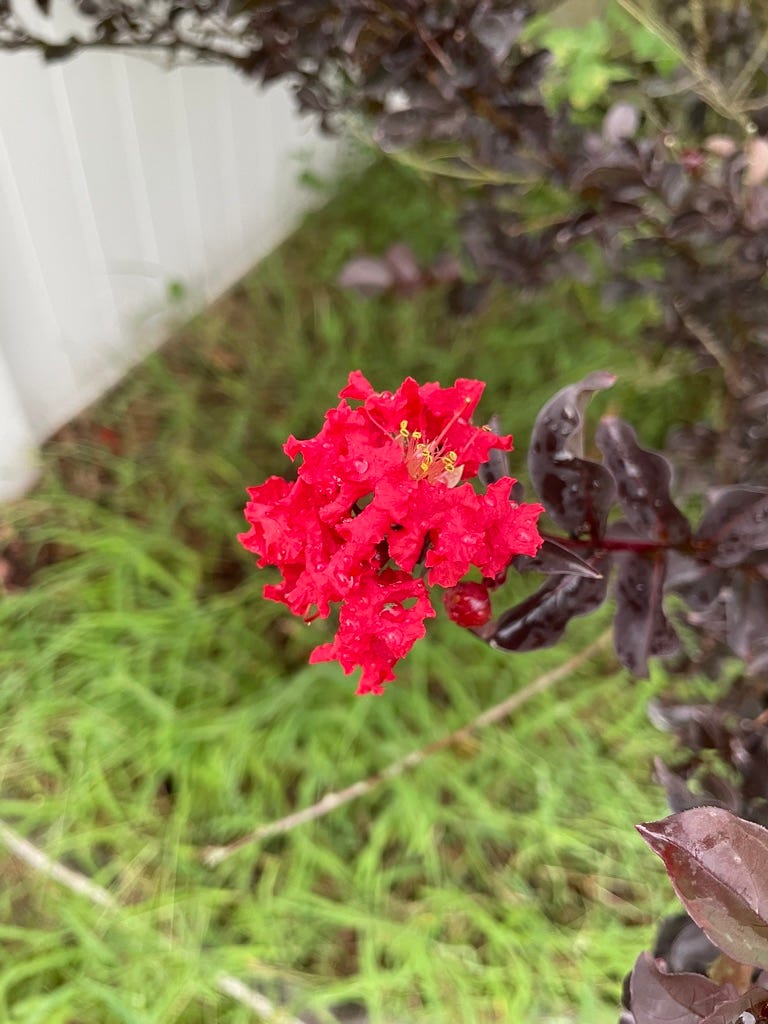
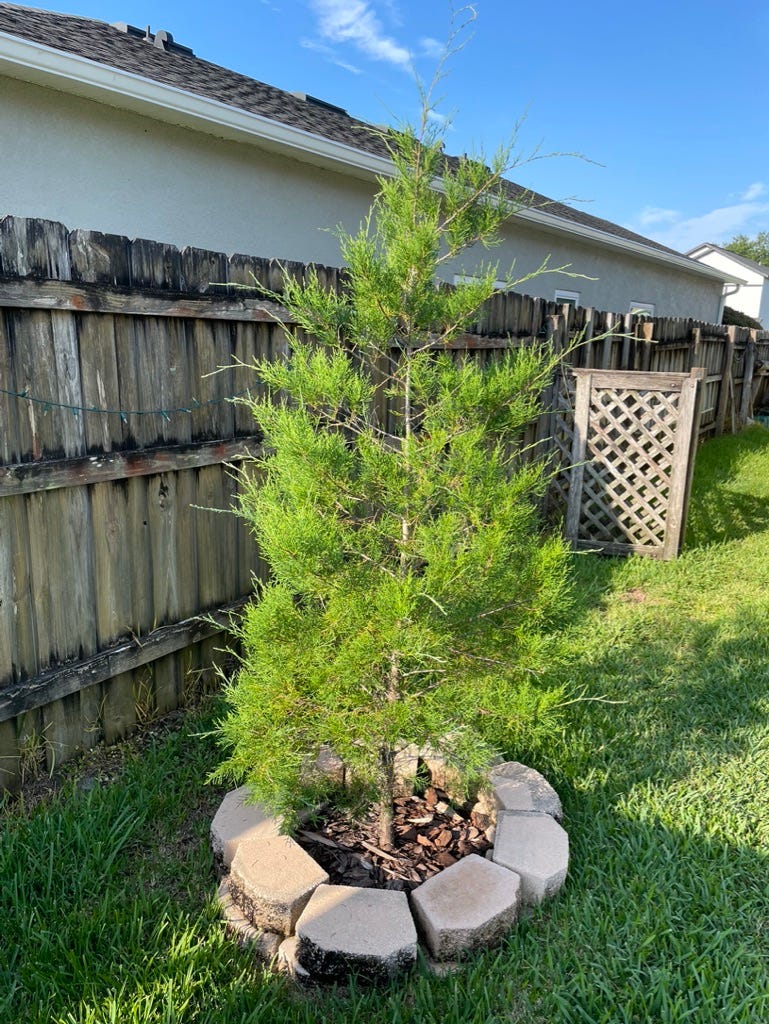
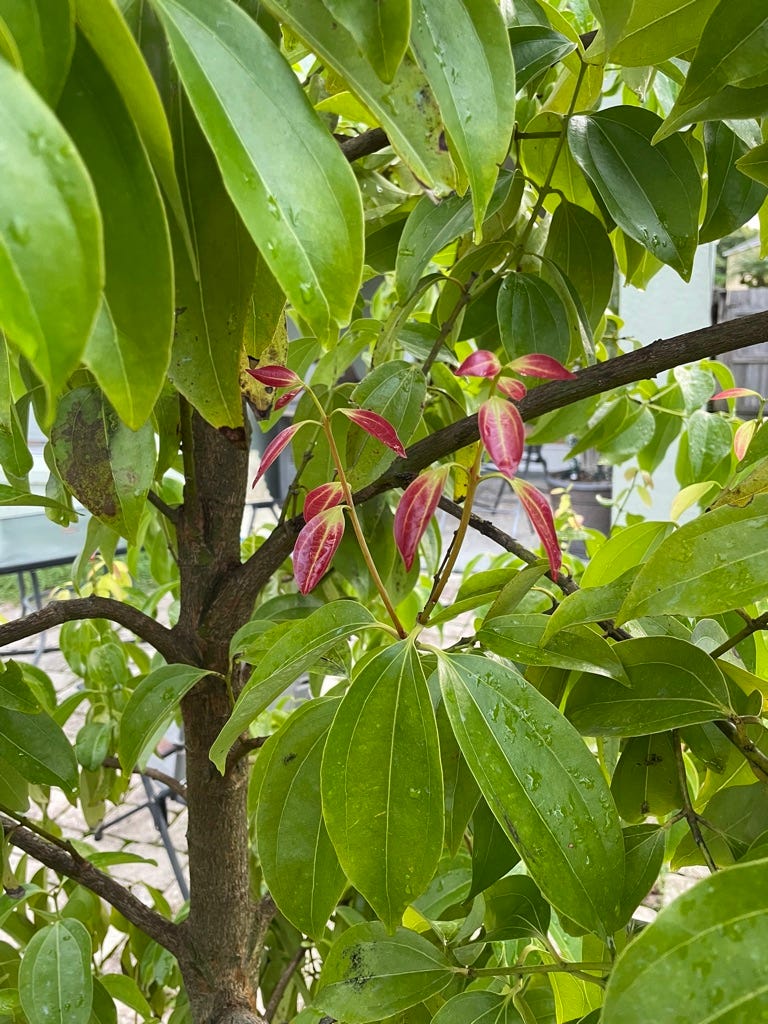

Your best yet. But then you know how I love trees.
And yes, it has everything to do with being a pastor. That’s so obvious.
I love your love for “all things tree.” I sense your genuine joy in God’s creation. I, too, have read Andrew Peterson’s book, which gave me an even greater appreciation for our responsibilities as stewards of this beauty and practical provision for us.